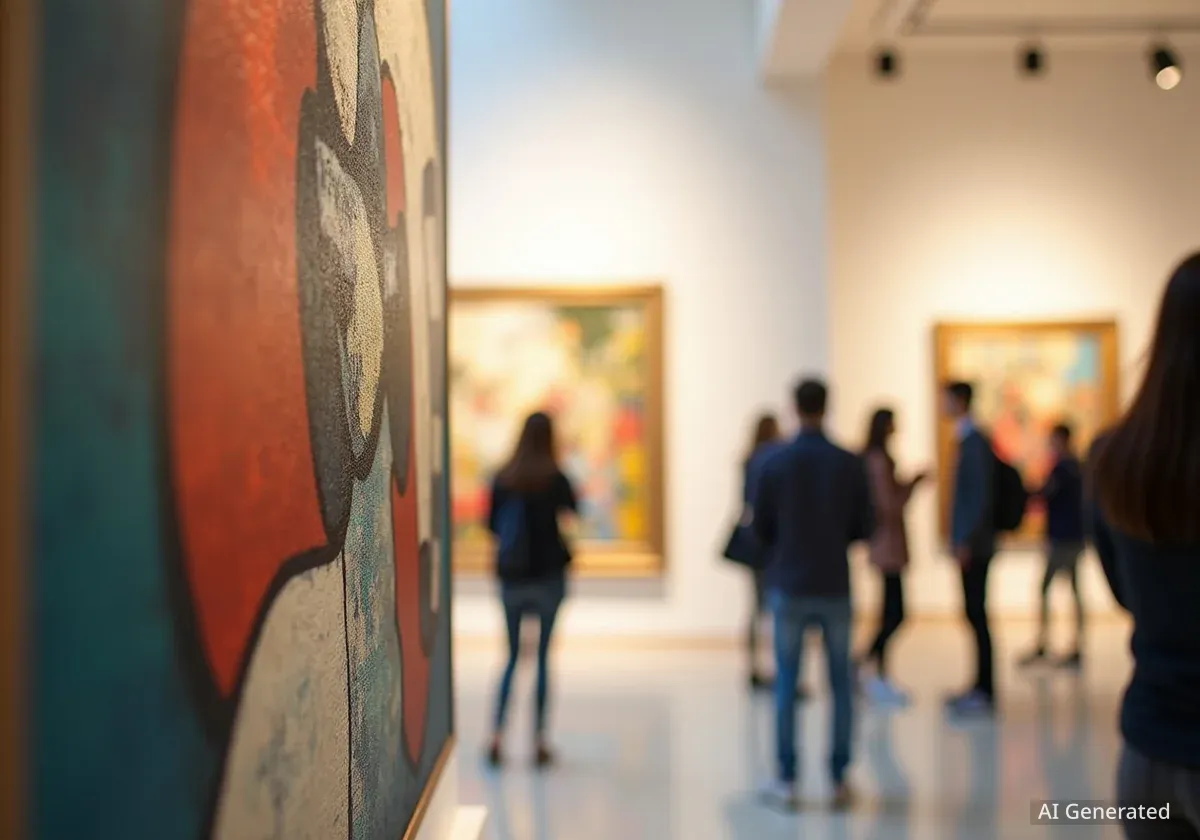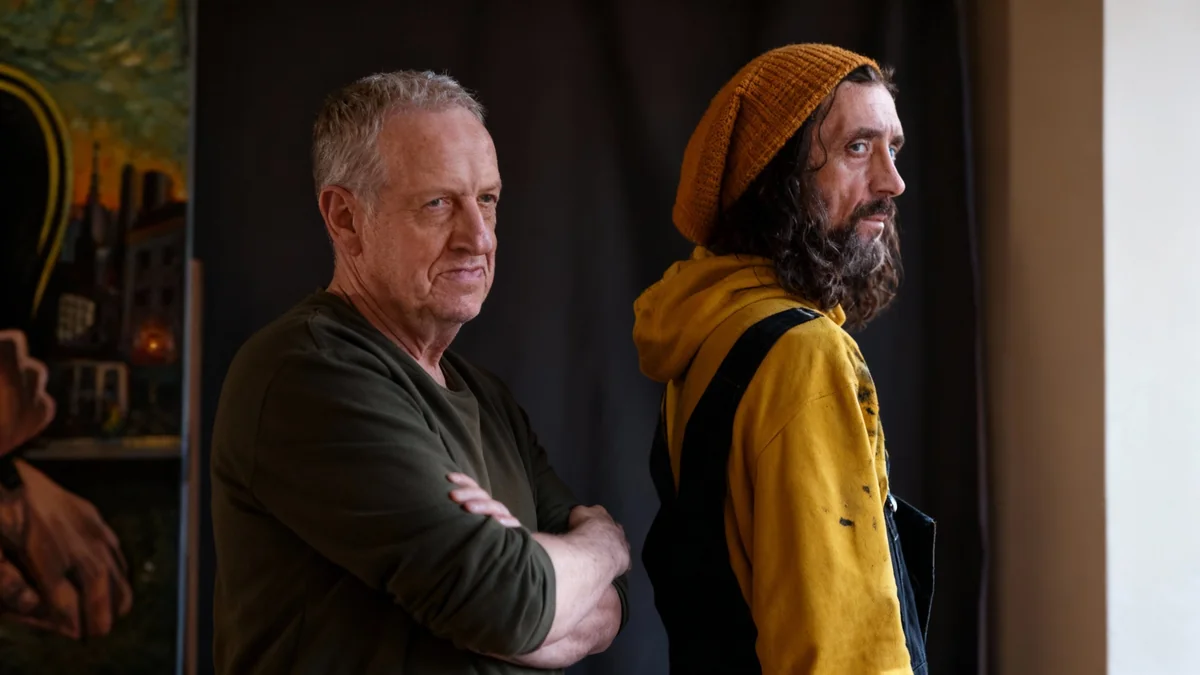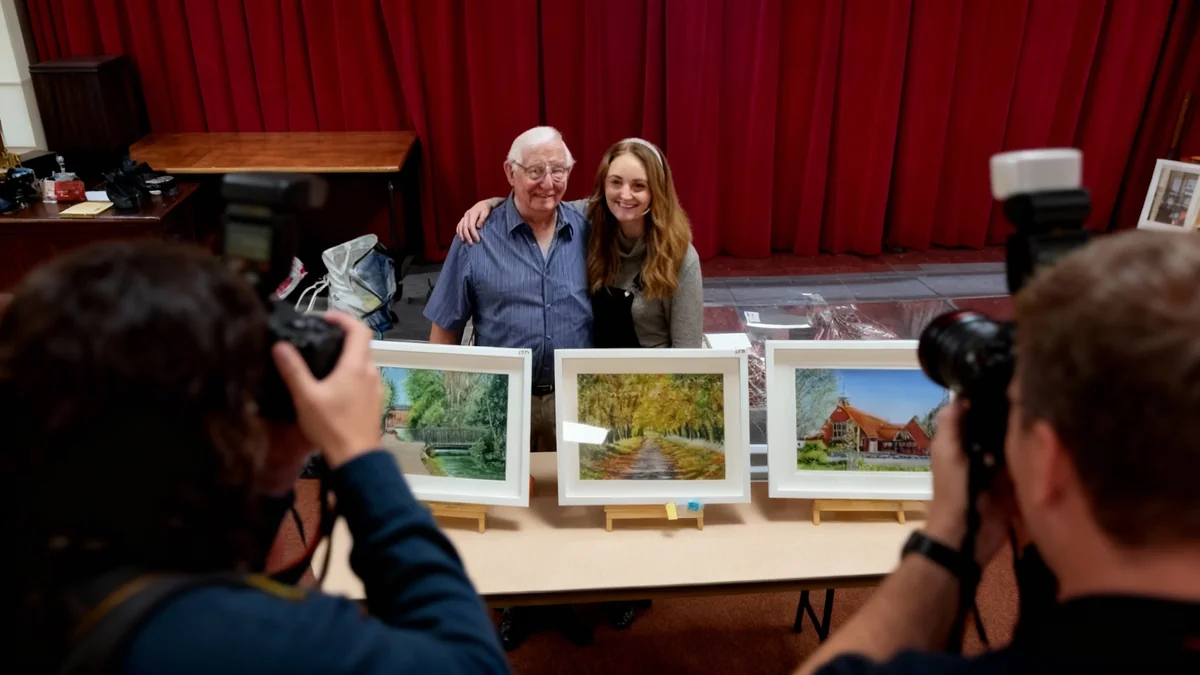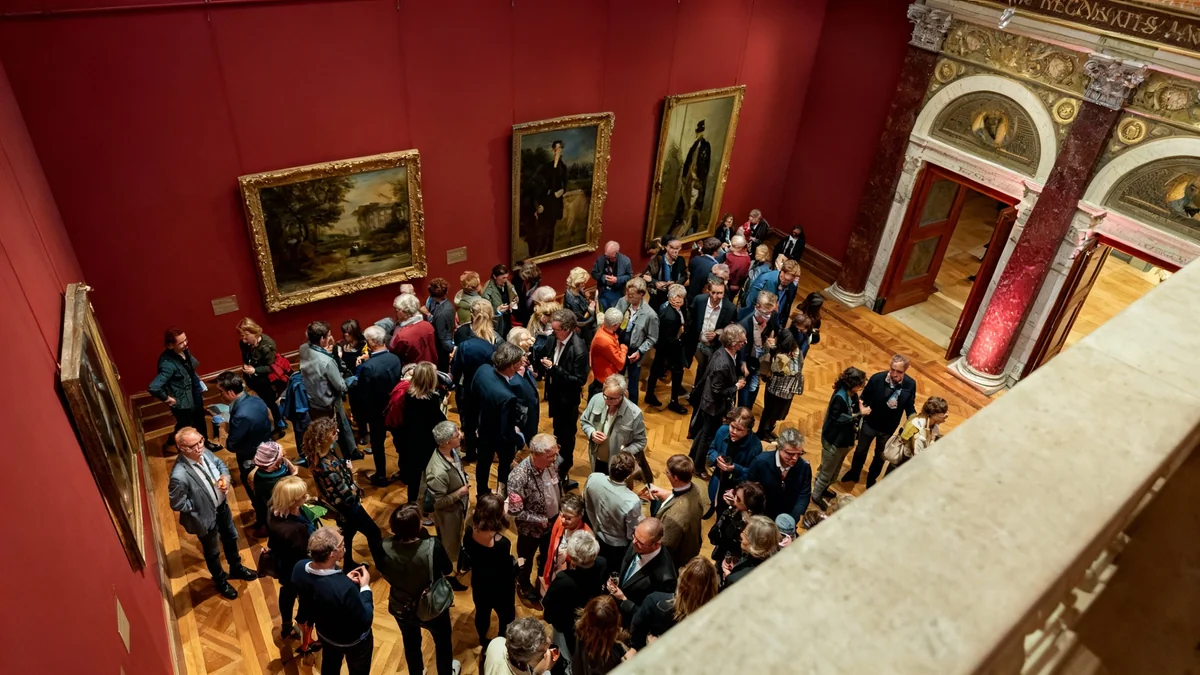The Whitney Museum of American Art has opened a new exhibition titled 'Sixties Surreal,' inviting viewers to reconsider the impact of surrealism on American postwar art. Curators Dan Nadel and Laura Phipps presented the show, which features more than 100 artists, with a central question: what if surrealism, rather than cubism, had been the primary influence on art in America after World War II?
This exhibition proposes a compelling alternative view of art history. The curatorial team argues that surrealist ideas and aesthetics were more pervasive and foundational during the 1960s than commonly acknowledged. Their presentation suggests a re-evaluation of how we understand the artistic movements of that era.
Key Takeaways
- The Whitney Museum's 'Sixties Surreal' exhibition features over 100 artists.
- Curators Dan Nadel and Laura Phipps suggest surrealism was a dominant force in postwar American art.
- The show challenges traditional views of art history from the 1960s.
- Surrealist themes and approaches are increasingly visible in contemporary art.
Rethinking Postwar American Art
The exhibition challenges the established narrative that cubism was the most significant influence on postwar American art. For decades, art historians have largely focused on abstract expressionism and pop art as direct descendants or reactions to cubist principles. The 'Sixties Surreal' show aims to shift this perspective.
Dan Nadel and Laura Phipps spent considerable time researching and curating this collection. Their work brings together a diverse array of artists whose practices, they argue, were deeply informed by surrealist thought. This includes both well-known figures and those whose connections to surrealism might be less recognized.
"What if surrealism, not cubism, had emerged as the dominant force to shape the course of postwar art in America?" asked curator Dan Nadel during the press preview.
This question forms the core of the exhibition's thesis. It prompts visitors to look beyond conventional classifications and consider the subtle and overt ways surrealism permeated American artistic production during a transformative decade.
Exhibition Snapshot
- Number of Artists: Over 100
- Curators: Dan Nadel and Laura Phipps
- Focus Period: The 1960s in American art
- Primary Argument: Surrealism's significant, often overlooked, influence
The Enduring Influence of Surrealism
Surrealism, originating in the 1920s, sought to unlock the power of the imagination by juxtaposing unexpected elements and exploring dreams and the subconscious. While its European roots are widely acknowledged, the exhibition argues for its sustained relevance in America through the 1960s.
The show highlights how artists explored themes such as the unconscious, automatism, and dreamscapes. These approaches were not always labeled as 'surrealist' at the time, but the curators contend they shared a common lineage with the original movement. This perspective offers a richer, more complex understanding of the era's artistic output.
According to the exhibition materials, many artists of the 1960s used surrealist techniques to comment on social and political changes. The decade was marked by significant upheaval, and surrealism offered a framework for expressing dissent, anxiety, and a desire for liberation. This made its principles highly resonant for a generation grappling with war, civil rights, and cultural shifts.
Surrealism Beyond the Canvas
The exhibition also touches on how surrealist ideas influenced various art forms. This includes painting, sculpture, photography, and even performance art. The scope of the show demonstrates the breadth of surrealism's reach, extending beyond traditional fine art categories.
For instance, some works display a clear interest in collage and assemblage, techniques often associated with surrealist artists like Max Ernst. Others delve into psychological landscapes, reminiscent of Salvador Dalí's dream imagery. The diversity of the works on display supports the curators' argument about surrealism's widespread impact.
Historical Context
Surrealism was founded by André Breton in Paris in the 1920s. It was deeply influenced by Sigmund Freud's theories of the unconscious mind. Key figures included Salvador Dalí, René Magritte, and Joan Miró. The movement aimed to revolutionize human experience by liberating the subconscious mind and challenging rational thought.
Surrealism's Contemporary Resonance
Beyond its historical claims, the exhibition sparks a broader discussion about surrealism's current place in the art world. Many observers note a resurgence of surrealist themes in contemporary art. This includes artists working today who delve into the bizarre, the dreamlike, and the uncanny.
The curators' counterfactual question — what if surrealism had been dominant? — feels particularly relevant today. It suggests that perhaps surrealism is the dominant force in the art world right now. This is evident in the prevalence of fantastical imagery, psychological explorations, and often unsettling juxtapositions seen in galleries and museums globally.
The 'Sixties Surreal' show provides a historical lens through which to view this contemporary trend. It implies that the seeds of today's surrealist inclinations were sown much earlier in American art history than previously acknowledged. This makes the exhibition not just a historical review, but also a commentary on present-day artistic directions.
- Contemporary Themes: Many modern artists explore altered realities, dream states, and subconscious narratives.
- Market Trends: Works with surrealist qualities often attract significant attention in the art market.
- Cultural Impact: Surrealist aesthetics are visible in fashion, film, and digital art, showing its broad cultural penetration.
The exhibition serves as an important reminder that art historical narratives are not static. They can be re-examined and reinterpreted based on new research and perspectives. The Whitney's 'Sixties Surreal' offers a fresh and thought-provoking look at a pivotal decade in American art, urging visitors to rethink established ideas and embrace new possibilities.
The show's provocative nature has already generated considerable discussion among critics and art enthusiasts. It promises to be a significant exhibition for those interested in the complexities of art history and its ongoing relevance.




